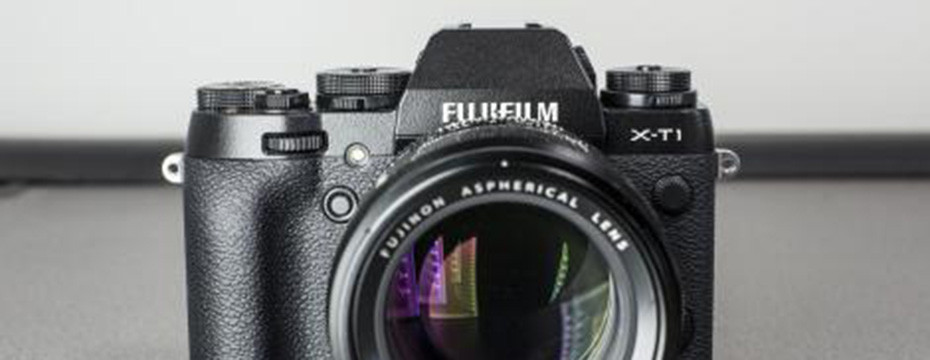
Huelux: 5D Mark III Does 4k Ultra HD
Published on YouTube Jan 28, 2014
Randy Halverson is a driven person, as driven as anybody living in rural South Dakota can be I guess. Randy and his two Canon 5D Mark III’s sure did some traveling last year, covering South Dakota, Wyoming, and Utah shooting in 4k. Oh, you didn’t know the 5D Mark III could shoot in 4K? It certainly can if it is done in time lapse.
Here, in this YouTube hosted Time Lapse, you can experience first hand for yourself what all the 4k fuss is about. Some say why bother, others say it is the wave of the future. Most are not familiar enough with the subject yet to make up their own minds. Whatever your own position on the subject, when you get to look at a production such as this in 4k you truly can see a big difference. Some of these scenes just take my breath away. All from the 5D Mark III too, not the Canon 1DC as I would have expected to find behind 4k footage.

Storm Front With Aurora Behind – Image Source: Dakotalapse.Com
Here is what you do to experience the Canon 5D Mark III 4k film for yourself. Start the above movie playing. Then point and click on the little gear symbol at the bottom right of the movie window. Set the resolution up from the default 480P up to the maximum 4k. Then click to expand the whole thing to full screen. I don’t know how it will look to you on your monitor, but to me here on my old Apple 30″ Cinema Display connected to an early 2011 Mac Book Pro it looks spectacular!
In Randy Halverson’s own words, from Randy’s website here: http://www.dakotalapse.com/huelux-4k:
“I shot Huelux from April-November 2013 in South Dakota, Wyoming and Utah. The weather in 2013 made it difficult for me to get some of the shots I wanted. There were many times I planned to shoot the Milky Way or Aurora, and the clouds would roll in. But that also allowed me to get more night storm time-lapse than I have any other year. I was in Utah for 6 nights, it was clear only one night, it was also 95F at midnight that night. So I couldn’t shoot as high of an ISO as I wanted because of noise, but I still pulled off a few good shots in Zion Canyon.The weather was much the same while I was in Wyoming, it was cloudy 2/3 of the nights I was there. But I did get some of my best Milky Way shots of the year in Wyoming, see1:45–2:05 in the video. The clouds did make for some good sunrise and sunset shots.”
“On the Milky Way shots you will see a lot of slow and fast moving satellites, a few meteors and planes. The meteors are hard to see in timelapse, but you may see a quick flash because they only last one frame. If you see a light moving across the sky, it is either an airplane or satellite, not a meteor.
“Some of the Aurora I shot were unexpected with no advanced notice. Several nights I was setting up Milky Way shots, when I noticed the glow in the sky to the north. In one case an hour before I got any Aurora notification on my phone. The storm shot at 2:57has Aurora behind it, which was quickly covered up by the storm.”
“I came up with the title Huelux, which comes from hue (a color property), and lux which is latin for light. Some of the Aurora and Milky Way were difficult to color correct, so I spent a lot of time with the hue settings, white balance, etc. during the month and a half edit..The low Aurora on the horizon were often yellow, while closer (higher in the sky) Aurora were green. If I adjusted the yellow Aurora on the horizon green, it threw the rest of the colors way off. If I adjusted the yellow Aurora on the horizon green, it threw the rest of the colors, such as grass, way off and made the whole image too blue.”
The end credit backgrounds are 10 second timelapse exposures of Andromeda Galaxy and Orion shot with a 200mm lens on an Ioptron Skytracker. You will see some satellites moving through the sequences.
Photography and Editing — Randy Halverson
Production Assistants — River Halverson and Kelly McILhone
Music by Peter Nanasi – http://www.peternanasi.com
Dakotalapse opening title — Luke Arens
Randy Halverson’s Sponsors:
Dynamic Perception — The Stage Zero and Stage One dollies were used in many of the shots. I can’t recommend them enough for a quality product at a low price.http://www.dynamicperception.com/#oid…
eMotimo — Great pan and tilt motion control. This will also mount on the Dynamic Perception Dollies. See more about the eMotimo TB3′s on my website. http://www.dakotalapse.com/2014/01/em…
Camera Gear Used In The Filming Of This Production:
2 Canon 5D Mark III’s
1 Canon 6D
Lenses
Nikon 14-24 with Novoflex adapter
Rokinon 25 and 35
Canon 16-35
Zeiss 21
Sigma 15mm Fisheye
Canon 200mm
Canon 70-300
Available in 4K resolution for licensing, in 10 and 35 minute features.
Contact for licensing footage, shooting rates or anything else.http://www.dakotalapse.com
Randy Halverson dakotalapse@gmail.com
Follow:
Facebook http://www.facebook.com/dakotalapse
Twitter http://www.twitter.com/dakotalapse
-
Category
-
License
Standard YouTube License
PLEASE RATE THIS STORY! [ratings]







